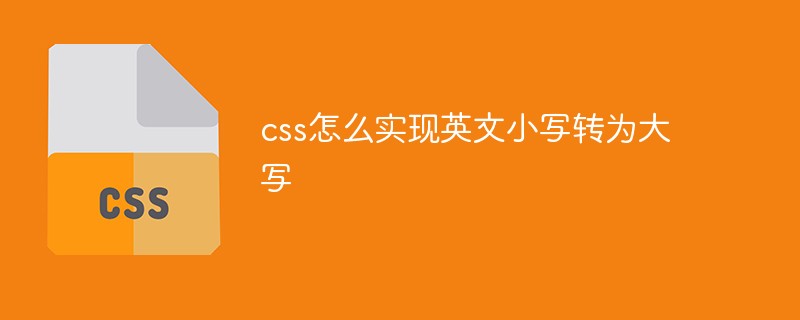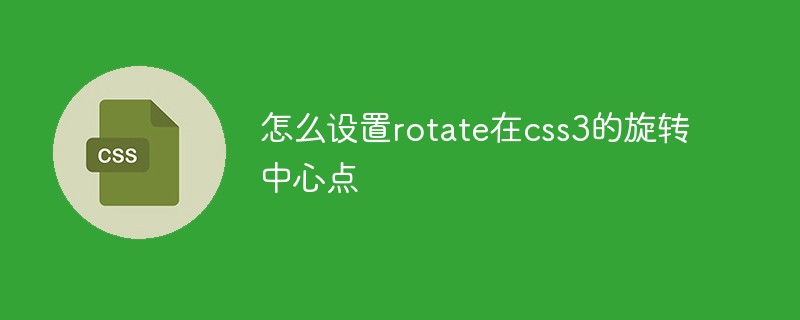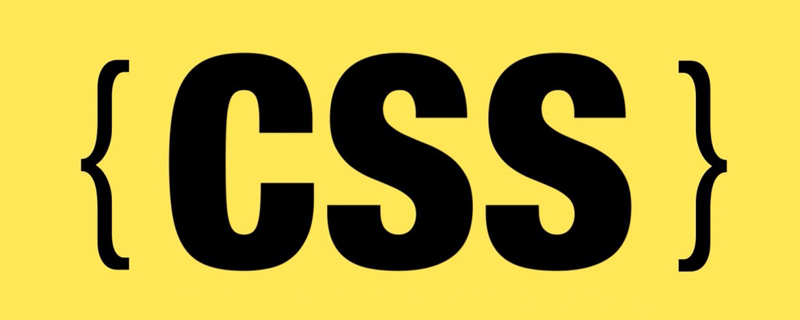This article mainly introduces relevant information to you about the example of introducing svg into css to be compatible with some Android machines displaying 0.5px borders. The editor thinks it is quite good, so I will share it with you now and give it as a reference. Let’s follow the editor to take a look, I hope it can help everyone.
Preface
When developing the H5 page, I found that the native browsers of some Android machines are not compatible with the 0.5px border. This is very disturbing, as follows Code shown:
input {
border-bottom: 0.5px solid #DCDCDC;
}Use rem to improve
I thought of using rem later, because the H5 page borrowed from mobile Taobao The responsive pixels of the mobile device are set according to the dpi of the mobile device. The font-size of the root element is set, so almost all px are changed to rem as the unit. This can better realize the responsive pixels of the mobile terminal and the Retina screen. Performance. The code is as follows:
input {
/* 47 是页面根元素的 font-size 大小 */
border-bottom: calc(1rem/47) solid #DCDCDC;
}In the test, some models were displayed perfectly, but some were still not displayed. There are posts on the Internet saying that pseudo elements: before and :after can be used. 1px performance, and then use transform: scaleY(0.5); to adjust the height. The idea is very good, but the input element does not support pseudo elements.
Finally, I found a great way: using svg in CSS!
Introducing svg into css to improve
The specific idea is to add a background-image to the element, and then set the svg as the image type, because 1px on the svg is the actual It actually only occupies 1 physical pixel.
The implementation is very simple, the code is as follows:
input {
background-image: url("data:image/svg+xml;utf8,<svg xmlns='http://www.php.cn/2000/svg' width='100%' height='100%'><line x1='0' y1='100%' x2='100%' y2='100%' stroke='#dcdcdc' stroke-width='1'/></svg>") ;
}The trouble does not stop there, use php code to convert the svg xml code into base64 format and try again:
<?php
echo base64_encode("<svg xmlns='http://www.php.cn/2000/svg' width='100%' height='100%'><line x1='0' y1='100%' x2='100%' y2='100%' stroke='#dcdcdc' stroke-width='1'/></svg>");
?>The output is as follows:
PHN2ZyB4bWxucz0naHR0cDovL3d3dy53My5vcmcvMjAwMC9zdmcnIHdpZHRoPScxMDAlJyBoZWlnaHQ9JzEwMCUnPjxsaW5lIHgxPScwJyB5MT0nM TAwJScgeDI9JzEwMCUnIHkyPScxMDAlJyBzdHJva2U9JyNkY2RjZGMnIHN0cm9rZS13aWR0aD0nMScvPjwvc3ZnPg==
Reintroduced into the css background- image: (Note that the original utf8 should be changed to base64)
input {
background-image: url("data:image/svg+xml;base64,PHN2ZyB4bWxucz0naHR0cDovL3d3dy53My5vcmcvMjAwMC9zdmcnIHdpZHRoPScxMDAlJyBoZWlnaHQ9JzEwMCUnPjxsaW5lIHgxPScwJyB5MT0nMTAwJScgeDI9JzEwMCUnIHkyPScxMDAlJyBzdHJva2U9JyNkY2RjZGMnIHN0cm9rZS13aWR0aD0nMScvPjwvc3ZnPg==") ;
}Related recommendations:
SVG and Vanilla JS framework create a "star" "Change to heart shape" code sharing
How to start implementing colorful ring countdown with SVG
Detailed example of how Webpack actually loads SVG
The above is the detailed content of Introducing svg into css to be compatible with some Android instances. For more information, please follow other related articles on the PHP Chinese website!
 css ul标签怎么去掉圆点Apr 25, 2022 pm 05:55 PM
css ul标签怎么去掉圆点Apr 25, 2022 pm 05:55 PM在css中,可用list-style-type属性来去掉ul的圆点标记,语法为“ul{list-style-type:none}”;list-style-type属性可设置列表项标记的类型,当值为“none”可不定义标记,也可去除已有标记。
 css与xml的区别是什么Apr 24, 2022 am 11:21 AM
css与xml的区别是什么Apr 24, 2022 am 11:21 AM区别是:css是层叠样式表单,是将样式信息与网页内容分离的一种标记语言,主要用来设计网页的样式,还可以对网页各元素进行格式化;xml是可扩展标记语言,是一种数据存储语言,用于使用简单的标记描述数据,将文档分成许多部件并对这些部件加以标识。
 css3怎么实现鼠标隐藏效果Apr 27, 2022 pm 05:20 PM
css3怎么实现鼠标隐藏效果Apr 27, 2022 pm 05:20 PM在css中,可以利用cursor属性实现鼠标隐藏效果,该属性用于定义鼠标指针放在一个元素边界范围内时所用的光标形状,当属性值设置为none时,就可以实现鼠标隐藏效果,语法为“元素{cursor:none}”。
 css怎么实现英文小写转为大写Apr 25, 2022 pm 06:35 PM
css怎么实现英文小写转为大写Apr 25, 2022 pm 06:35 PM转换方法:1、给英文元素添加“text-transform: uppercase;”样式,可将所有的英文字母都变成大写;2、给英文元素添加“text-transform:capitalize;”样式,可将英文文本中每个单词的首字母变为大写。
 rtl在css是什么意思Apr 24, 2022 am 11:07 AM
rtl在css是什么意思Apr 24, 2022 am 11:07 AM在css中,rtl是“right-to-left”的缩写,是从右往左的意思,指的是内联内容从右往左依次排布,是direction属性的一个属性值;该属性规定了文本的方向和书写方向,语法为“元素{direction:rtl}”。
 css怎么设置i不是斜体Apr 20, 2022 am 10:36 AM
css怎么设置i不是斜体Apr 20, 2022 am 10:36 AM在css中,可以利用“font-style”属性设置i元素不是斜体样式,该属性用于指定文本的字体样式,当属性值设置为“normal”时,会显示元素的标准字体样式,语法为“i元素{font-style:normal}”。
 怎么设置rotate在css3的旋转中心点Apr 24, 2022 am 10:50 AM
怎么设置rotate在css3的旋转中心点Apr 24, 2022 am 10:50 AM在css3中,可以用“transform-origin”属性设置rotate的旋转中心点,该属性可更改转换元素的位置,第一个参数设置x轴的旋转位置,第二个参数设置y轴旋转位置,语法为“transform-origin:x轴位置 y轴位置”。


Hot AI Tools

Undresser.AI Undress
AI-powered app for creating realistic nude photos

AI Clothes Remover
Online AI tool for removing clothes from photos.

Undress AI Tool
Undress images for free

Clothoff.io
AI clothes remover

AI Hentai Generator
Generate AI Hentai for free.

Hot Article

Hot Tools

SAP NetWeaver Server Adapter for Eclipse
Integrate Eclipse with SAP NetWeaver application server.

Dreamweaver Mac version
Visual web development tools

ZendStudio 13.5.1 Mac
Powerful PHP integrated development environment

Atom editor mac version download
The most popular open source editor

SublimeText3 Linux new version
SublimeText3 Linux latest version







